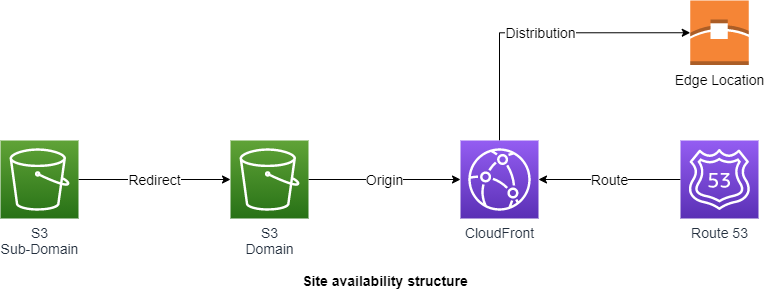Career - Skills
On this page I will show the skills I acquired both with professional experience and studying on my own even when not applicable in companies. My professional experiences are on another page, accessible by the link in the menu or by clicking the button below:

